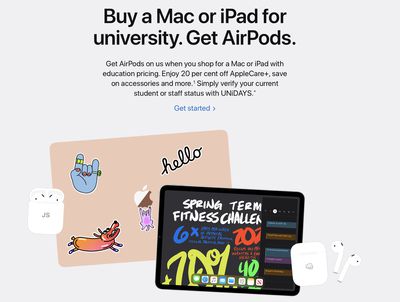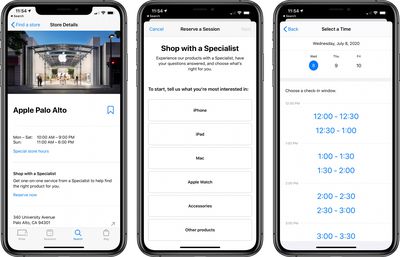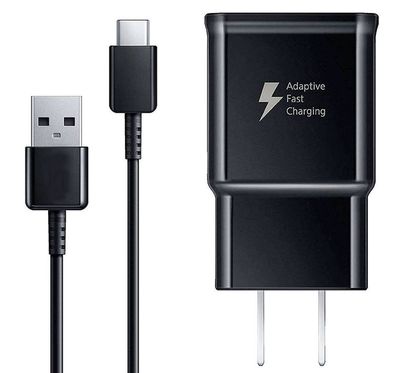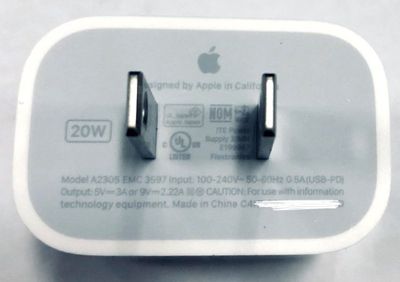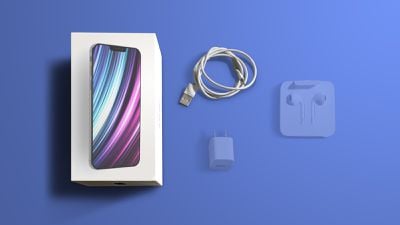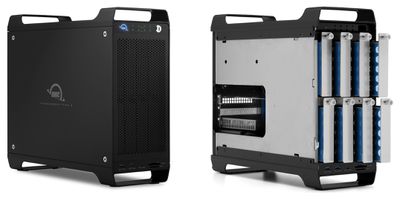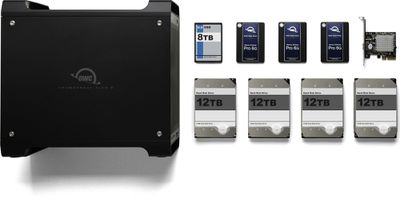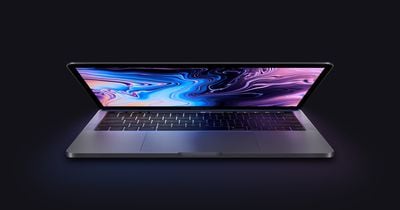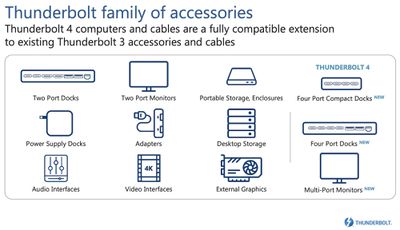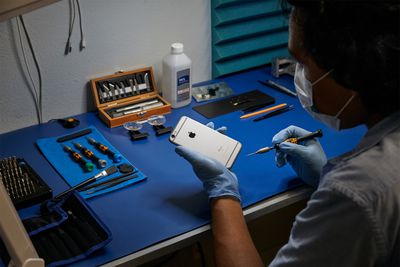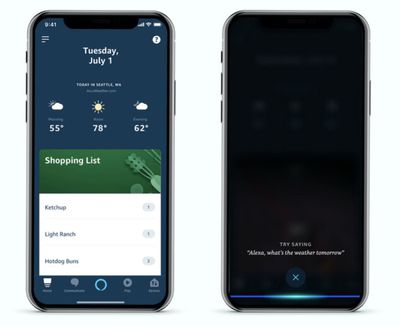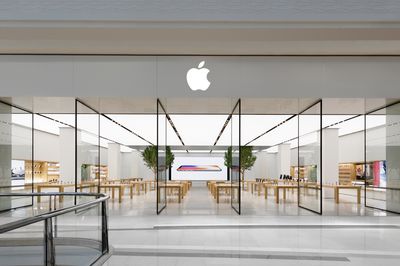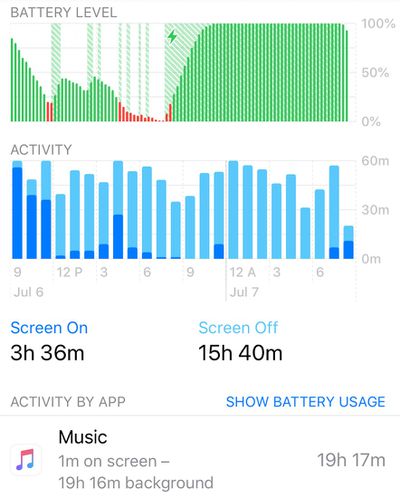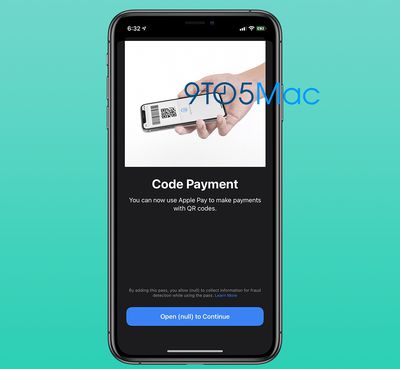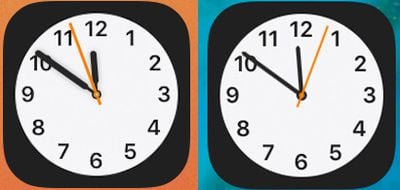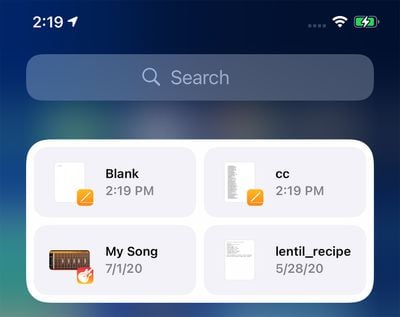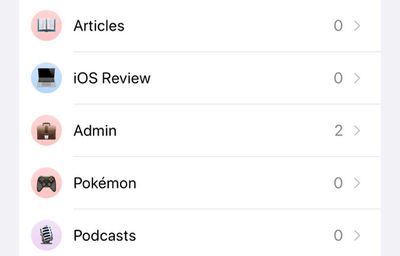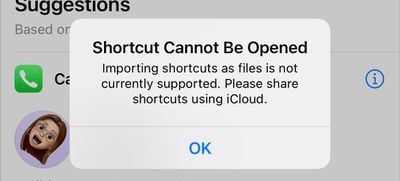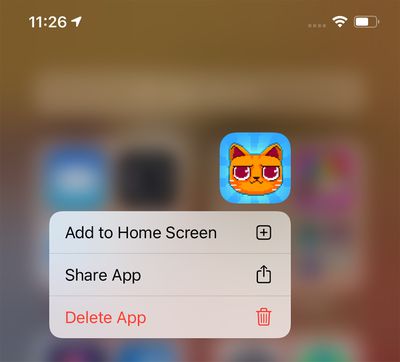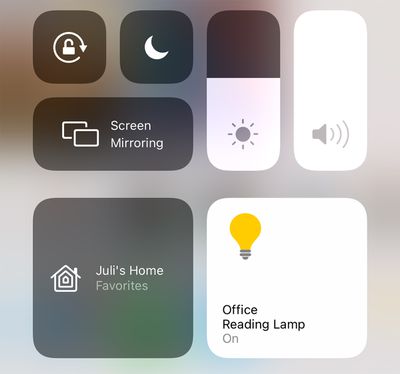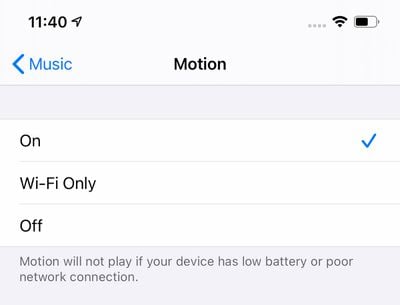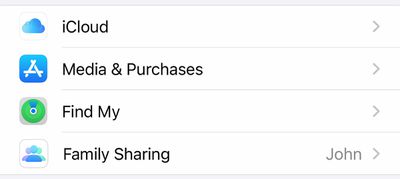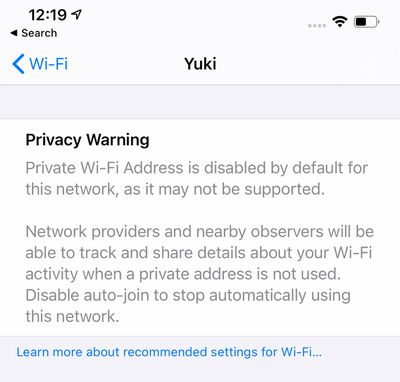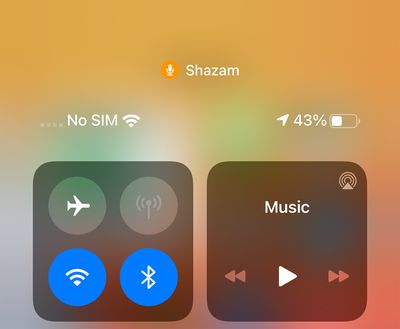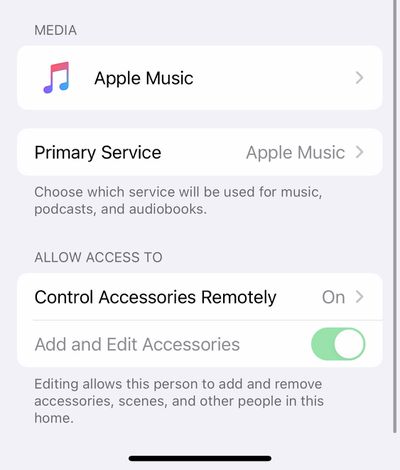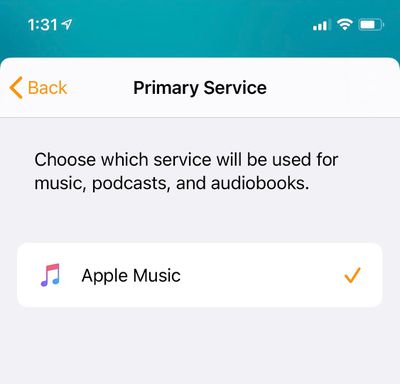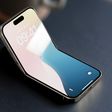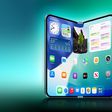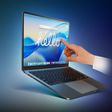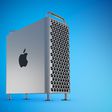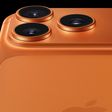Sonnet earlier this year announced the launch of the Fusion Flex J3i internal drive mount, which is designed to let users add up to three SATA storage drives to the 2019 Mac Pro.
In our latest YouTube video, we went hands on with the Fusion Flex J3i, hooking it up to our Mac Pro to see how it performs.
The Fusion Flex J3i is a mount system that can provide up to 36TB of additional storage for the Mac Pro. When purchased from Apple, the Mac Pro maxes out at 8TB of storage, so Sonnet's add-on provides a huge storage boost. The storage added through the Fusion Flex J3i will not, of course, act as a main boot disk and will instead work like an external drive that's plugged into the Mac.
You don't get any storage with the Fusion Flex J3i since it's designed to be a mounting system, so you're going to need to purchase storage separately and add it yourself. The Fusion Flex J3i supports two 3.5-inch drives and one 2.5-inch SSD or three 2.5-inch SSDs.
We tested the Fusion Flex J3i with two 4TB 3.5-inch hard drives from Western Digital, and installation was simple. Just four screws attach each of the hard drives to the J3i after the SSD plates have been removed.
After the Fusion Flex J3i has been outfitted with SSDs or hard drives, it also takes just a few minutes to get it up and running in the Mac Pro. Pull off the cover, unscrew the plate at the top, and then insert the J3i into the machine.
The hard drives will connect to the Mac Pro and then you can attach the three SATA cables that come with the J3i, and since the Mac Pro has 1, 2, and 3, labeling, it's pretty easy to tell what goes where. After the mount is in place, put the Mac Pro back together, boot up, and all should be working well.
We found the Fusion Flex J3i to be a useful plug and play solution for those who are looking to add additional storage to their Mac Pro machines, and it's also cost effective. Sonnet charges $199 for the Fusion Flex J3i, and while adding storage is expensive, it's still cheaper than buying Apple's higher-tier SSD storage options.
You can get two 16TB 3.5-inch drives from Amazon for around $800, for example, which gives you 32TB of storage for much less than the $2,600 upgrade fee for the 8TB SSD from Apple. SSD storage is faster, of course, so if you want to go that route, you can get 4TB SSDs for somewhere around $600 each, which still comes in cheaper than Apple's storage.
For our setup, we have a couple PCIe SSDs in the Mac Pro for video editing purposes, with the J3i on hand for storing larger files, RAW images, and video backups.
Sonnet's Fusion Flex J3i can be purchased from the Sonnet website for $199.


